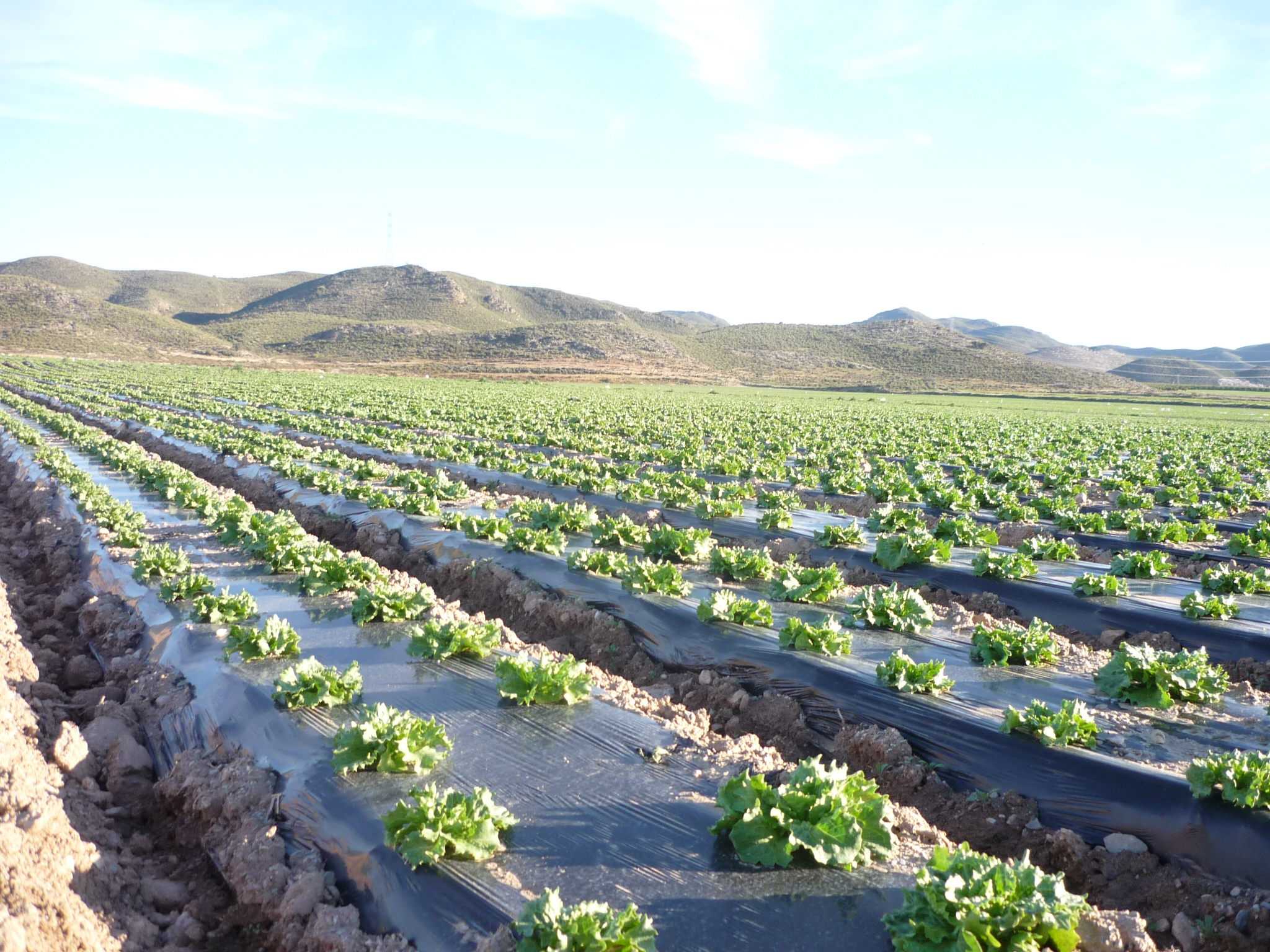Bioplastics in agriculture
Bioplastics play an important role in modern sustainable agriculture. Different types of bioplastics offer unique solutions to improve the sustainability of the variety of agricultural plastic items in terms of their environmental impacts and circularity.
Depending on the application, substituting conventional plastic materials with appropriate types of bioplastics can offer different solutions to improve the sustainability of the plastic items in terms of their environmental impacts and their circularity.
Biobased applications
In the context of agricultural applications, all plastic items that can be collected and recycled can be substituted with biobased, non-biodegradable materials. They have the environmental advantage of reducing the dependency on fossil resources and reducing greenhouse gas (GHG) emissions or even be carbon-neutral. Moreover, biobased plastics can make a considerable contribution to increased resource efficiency through a closed resource cycle and use cascades. Biobased plastics are just as recyclable as conventional ones. Biobased drop-ins can be recycled in existing recycling infrastructures.
Industrially compostable applications
For agricultural plastic items (such as threads, clips, nets, shelters…) that are meant to end up in green waste streams, the substitution with certified industrially compostable plastic alternatives makes sense. Substituting conventional plastics with industrially compostable alternatives will help to avoid persistent microplastics in compost and contribute to soil health.1 It is necessary to always clarify the environment in which biodegradation is to take place and support these claims with certifications and labels based on the according standards (e.g., EN 13432 for industrial composting).

Image 1-3: Industrially compostable labels
Soil-biodegradable applications
For other conventional plastic applications known to be at high risk of releasing persistent microplastics in the soil (such as conventional non-biodegradable polymers for slow-release fertilisers, seed coatings, tree guards, and mulch films), certified soil-biodegradable alternatives should be implemented.
Certified soil-biodegradable mulch films provide significant benefits where full retrieval and recycling of mulch films based on conventional plastics is not always feasible and lead to potential loss of topsoil, or the accumulation of persistent microplastics. They are specifically designed to biodegrade effectively in situ and can therefore be incorporated into the soil post-harvest, which eliminates the need for retrieval and recycling or disposal infrastructures. Soil-biodegradable mulch films should be certified according to the international standards EN 17033 or ISO 23157, specifically dedicated to this application.

Image 4-5: Soil-biodegradable labels
These products may carry the CE mark (from 20 November 2024 onwards for soil-biodegradable mulch films and as of 17 October 2028 for coating agents and water retention polymers), which means that they have been additionally assessed to meet the high safety, health, and environmental protection requirements of the European Union and can be traded on the extended Single Market in the European Economic Area (EEA) without any restrictions.

Image 6: CE mark
Find out more:
